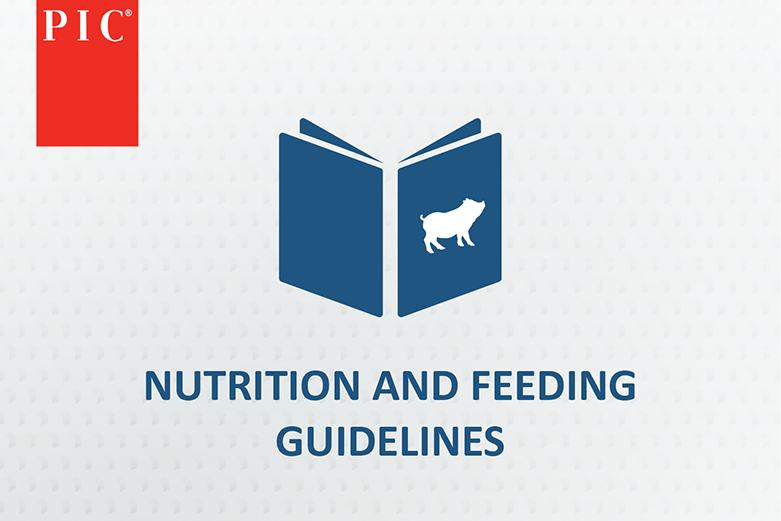Getting nutrition right from the beginning
From the moment pigs leave the nursery, every decision counts. Nutrition during the early grower phase lays the foundation not only for how pigs grow — but how they interact with each other. A recent trial with PIC Camborough® barrows has reinforced a clear message: diets that don’t meet amino acid requirements at the right time can compromise both performance and social stability, with lasting effects that are hard to reverse.
Trial design and nutritional strategies
In a large-scale study involving 2,293 maternal barrows, researchers evaluated six dietary strategies from late nursery to finish, across six production phases. The core variables were:
- SID Lysine (Lys) levels: either 100% (PIC recommended) or 80% of requirement.
- Tryptophan-to-Lysine (Trp:Lys) ratios: 21.0%, 18.5%, or 16.0%.
Some pigs remained on the same diet throughout, while others transitioned from a lower nutrient phase early on to a corrected diet later in the grow-finish phase. Growth performance and behavioral indicators like ear lesions were closely monitored.
6 different diets were applied:
| Diet | Lysine | SID Trp : Lys ratio |
|---|---|---|
| T1 | 100% | 21.0% |
| T2 | 100% | 18.5% |
| T3 | 100% | 16.0% |
| T4 | 80% | 21.0% |
| T5 | 80% | 18.5% |
| T6 | 80% during phases 1 and 2 100% during phases 3-6 | 16.0% during phases 1 and 2, 18.5% during phases 3-6 |
| SID = standardized ileal digestible | %-Lysine = according to PIC’s recommendation |
Impact on growth and carcass performance
Barrows fed 100% SID Lys with an 18.5% Trp:Lys ratio (T2) demonstrated superior average daily gain (ADG) and feed intake (ADFI) compared to pigs that received lower levels early (T6). Carcass weight was also significantly higher in the well-fed group. While feed efficiency and mortality remained statistically unchanged across treatments, pigs on nutrient-restricted diets had higher removal rates — a reflection of poorer robustness and overall adaptability.
Aggression linked to lower amino acid intake
Behavioral observations told an equally compelling story. Pigs on lower SID Lys and Trp:Lys ratios exhibited significantly more ear lesions — a physical marker of aggressive or stress-induced interactions. These signs appeared consistently through multiple grower phases, especially in pens receiving diets that did not meet PIC standards.
The nutritional shortfall didn’t just affect growth. It disrupted pen dynamics, increased injury rates, and raised welfare concerns that could ultimately affect profitability through lower carcass value and increased management effort.
The takeaway for production systems
Nutrition is more than just a growth lever — it’s a behavioral tool. Feeding below PIC’s SID amino acid recommendations, especially during the nursery-to-grower transition, undermines the animal’s ability to thrive — physically and socially. Even when feed quality is corrected later, early deficits leave a mark.
Producers aiming to maximize genetic potential and reduce disruptions in grow-finish systems should maintain consistent adherence to PIC’s recommended amino acid levels. It’s not only about better pigs, it’s about better barns.




